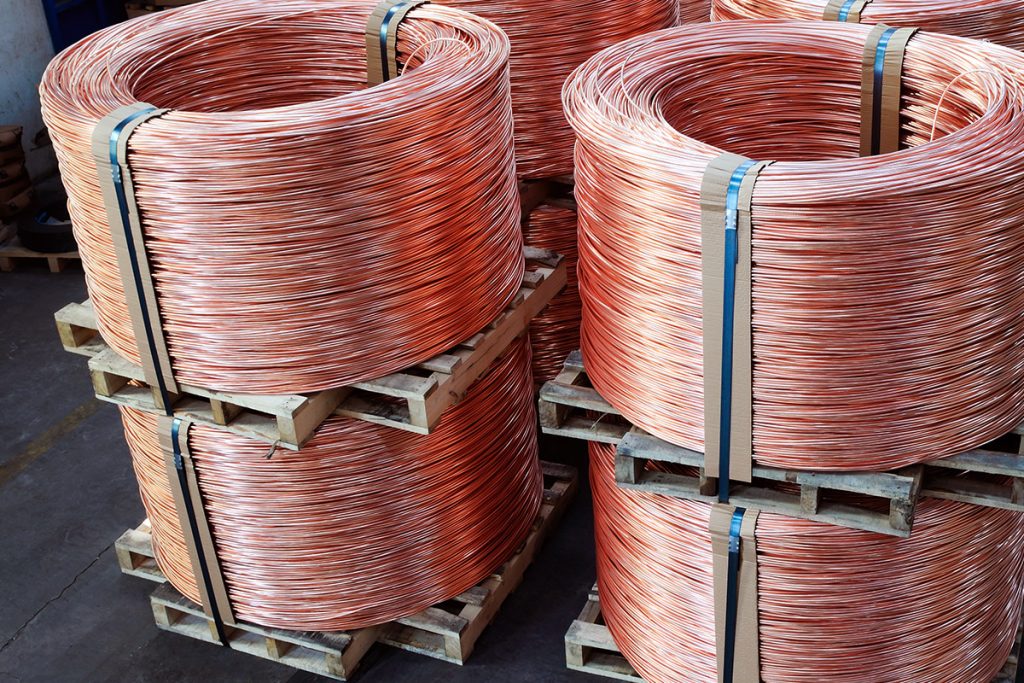
Copper has replaced gold as one of the most popular industrial metals. It is efficient when used as a conductor of heat and electricity, building material and as a constituent of various metal alloys.So when prices for copper move, it can often be an indicator of changes in the global economic landscape. This has been the case since mid-January, when reports of coronavirus in China were becoming more and more frequent, leading to a slowdown in industrial production in the country.COMEX copper futures reached their high just above 2.87/lb. on January 14, and have since dropped more than 17% as of mid-May.What will it take to have copper return the prices we saw in the beginning of 2020? Everything in the news has revolved around the coronavirus. But that is not the only risk factor. The U.S. is still in the midst of a trade war with China. Although tensions had eased (at least publicly) during the worst of the pandemic, we have already seen some trade war discussion again. It continues to be a topic worth watching.An Essential MaterialThe evolving copper industry will have an important impact on the demand for the metal. Copper is essential to the technology underpinning electric vehicles as it is used throughout the vehicles themselves, their charging stations and support infrastructure due to the metal’s durability, conductivity and efficiency.Copper moves markets and the demand for it in several applications gives us an understanding about why it’s often seen as a key economic indicator. It is used in building construction for electrical wiring, waterproofing and plumbing; in electronics for integrated circuits and electromagnets; in cookware, doorknobs, musical instruments, glassmaking; and in stills for producing whiskey.But, as a commodity, it does have its limitations. Unlike gold and silver, it is not a metal that investors turn to in times of uncertainty. So, when you experience an economic downturn, demand for copper often declines as products are consumed or produced less, which can also have an impact on price as seen in the chart below.Moving With The NewsAs the economy begins to reopen, we have seen copper futures come off of recent lows experienced in March. That trend may likely strengthen as we see more positive global news about recovery.From a technical standpoint, copper futures are at an impasse as of mid-May. The futures are at the top of the near-term range and finding resistance at the 50-day moving average. Without a change in fundamental news, we could see a bit of a retracement to the downside in the near future. But, as global positive news continues, we could see futures return to the levels seen at the end of 2019, and in early 2020.As is traditionally the case with copper, it will largely follow the news and could be a commodity to watch around global recovery.Read more stories from CME Group on OpenMarkets.(This article is sponsored and produced by CME Group, which is solely responsible for its content.)Check out the latest content from CME Group on TheStreet: What the 20-Year Treasury Bond Means for Interest Rate MarketsWhy Small-Caps Are Lagging in This Economic Downturn5 Behaviors That May Change in an Economic Rebound From Covid-19With Round-the-Clock News, Futures Are Often the First to Respond
